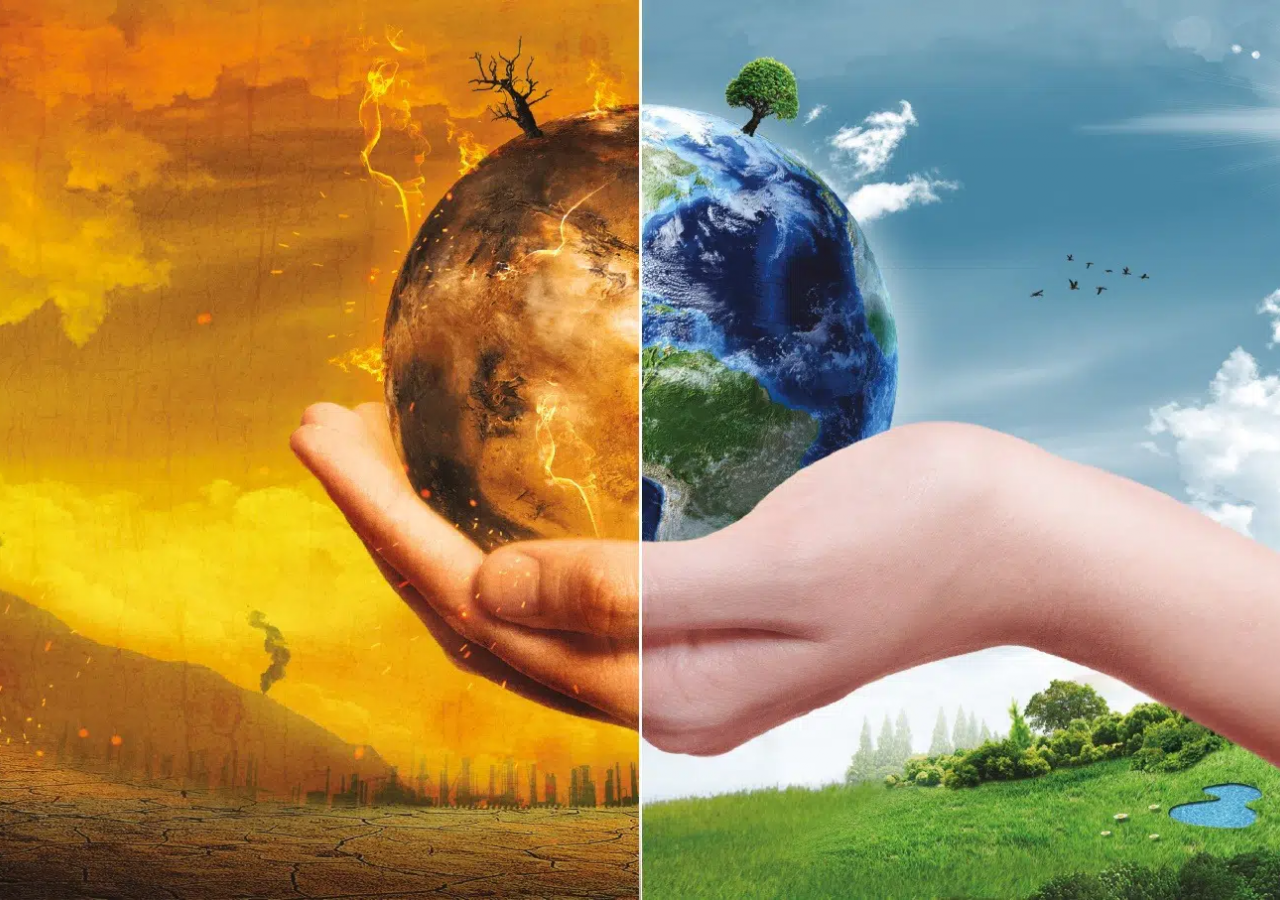Climate change affects all regions of the world. The polar ice caps are melting, and sea levels are rising. In some regions, extreme weather events are increasingly common, leading to large drops in precipitation, while others are experiencing worsening heatwaves and droughts.Action must be taken quickly to combat climate change, or it will only intensify.
The climate crisis has increased the world's average temperatures, causing more frequent, extremely high temperature peaks, such as heat waves. Rising temperatures can cause increased mortality, lower productivity and damage to infrastructure. The most vulnerable sections of the population, such as the elderly and infants, will be the most severely affected.
Rising temperatures are also expected to cause a change in the geographical distribution of climate zones. These changes are modifying the distribution and abundance of many plant and animal species, which are already under pressure due to habitat loss and pollution.
Rising temperatures are also likely to have an impact on phenology, i.e. the behaviour and life cycles of animal and plant species, which may in turn lead to an increase in the number of pests and invasive species, as well as a higher incidence of certain human diseases.
At the same time, there may be a reduction in the yield and viability of agriculture and livestock or in the capacity of ecosystems to provide important goods and services (such as drinking water or fresh, clean air).
Rising temperatures increase water evaporation, which, together with the absence of precipitation, increases the risks of severe droughts.
Extreme low temperatures (cold periods, icy cold days) may become less frequent in Europe. However, the warming of the Planet affects the predictability of weather events and, therefore, our ability to respond to them effectively.
Source: https:// climate.ec.europa.eu/climate-change/consequences-climate-change_pt







